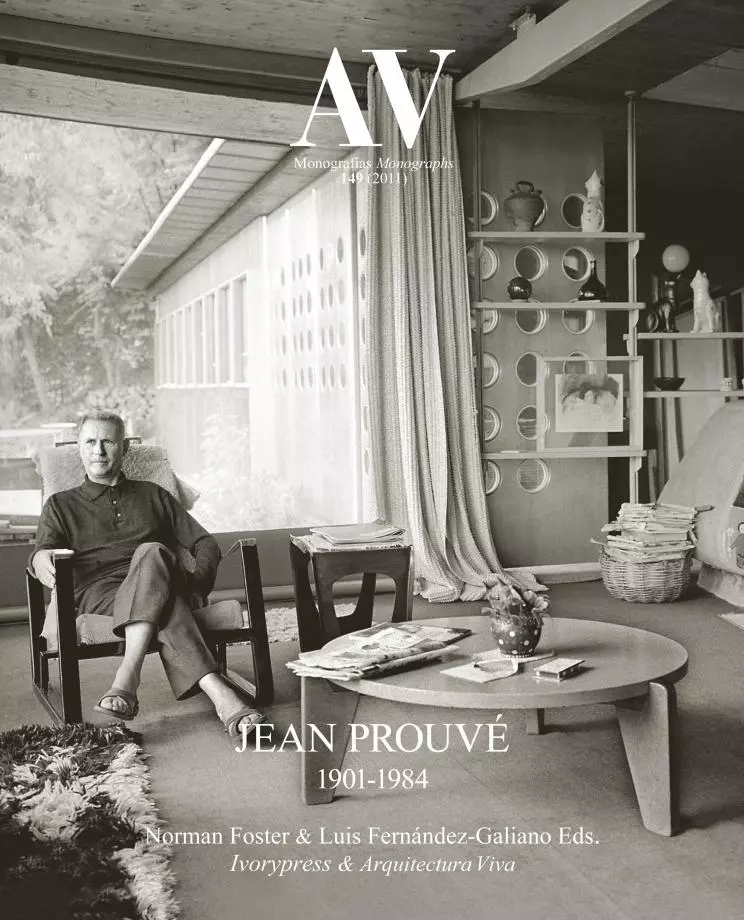Jean Prouvé: Master of Structural Form

There was a time in our evolving society when the making of things was considered not only honourable but was inextricably linked to their aesthetics. Perhaps, in retrospect, that is why we see integrity and consistency in the work of those individuals who were raised in the craft tradition.
Like Mies van der Rohe, whose knowledge of materials was rooted in his childhood in his father’s stonemason’s yard, Jean Prouvé developed, in his own words, “a facility for the blacksmith’s trade at the age of ten”. By the age of 15, in 1916, he was apprenticed to a blacksmith, Émile Robert, in Enghien, on the outskirts of Paris. From there he graduated to the Paris studio of the Hungarian metalwork artist Adalbert Szabo. (Almost forgotten now, Szabo was celebrated in his day and produced numerous pieces for the transatlantic Normandie.) In 1924 he established ‘Jean Prouvé, ferronnerie d’art’ in Nancy, taking his lead from Szabo and making items such as grilles, handrails and balconies. Gradually, as Prouvé became more aware of the emergent Modern Movement – and the work of architects such as Le Corbusier – he began to produce furniture and experiment with new materials and processes, using tensile steel and sheet aluminium, and investing in arc welding and metal-folding machines... [+]





